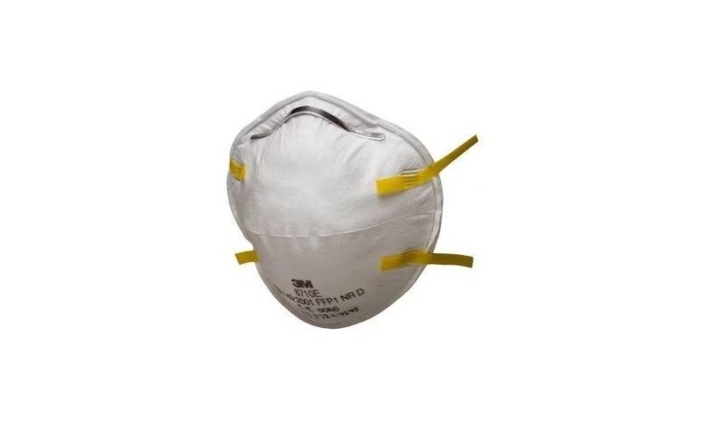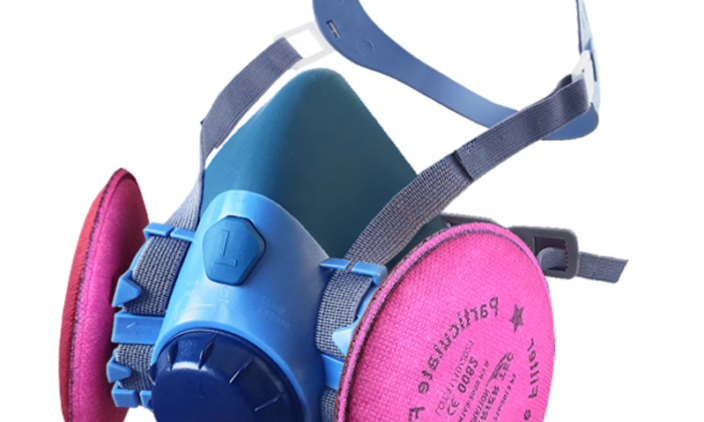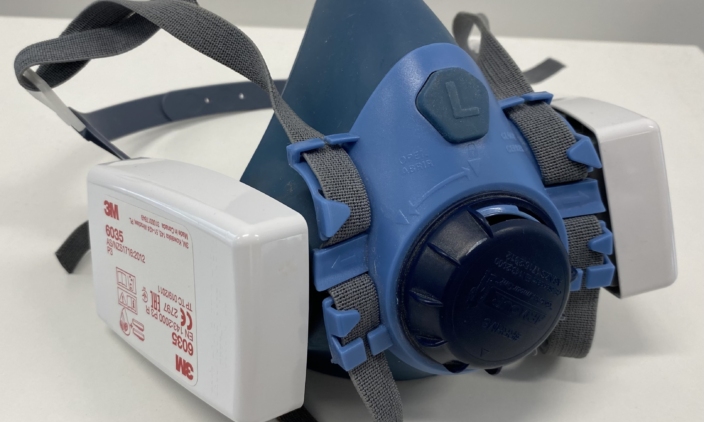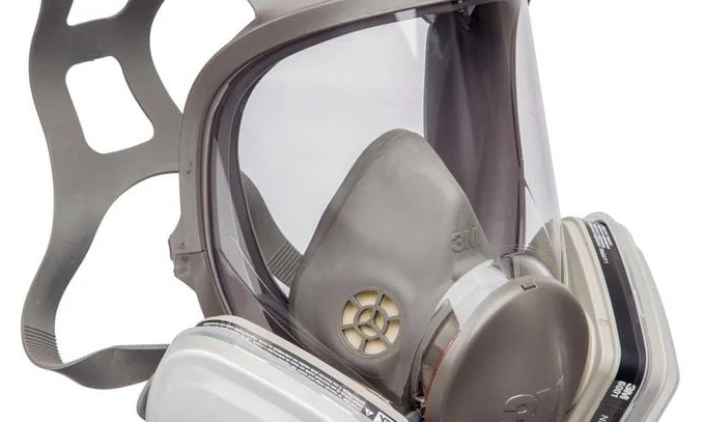Task Appropriate Respirators: Respirators should be used together with other dust control methods and not as the primary way to prevent exposure to dust.
Ensure the correct respirator is used for the job dependent on dust levels and particle size (refer to the safety data sheet for the product being handled). A P1 or P2 disposable respirator (face mask) is a minimum for low to medium dust levels. A half or full‐face P1 or P2 respirator may be required for medium to high dust levels.
Training and Supervision: Respirators are only effective when they are properly used. A facial fit test should be carried out for each worker and training provided on the correct use of respirators. Respirators should be cleaned and maintained to ensure they remain fit for purpose and stored in a clean cupboard when they are not in use. Most importantly, supervise workers to ensure they are being used and used correctly.
Other Controls
Protective Clothing: Dusty clothes should not be allowed to contaminate cars, homes or other areas outside the worksite. Have disposable or washable clothes to change into at work. Change into clean clothes (and if possible, shower or wash before leaving the worksite). Do not allow dusty clothes to contaminate other clothing – wash separately.
Personal Hygiene: Follow good personal hygiene practices. This includes not eating, drinking or smoking in dusty areas; washing your face and hands before eating, drinking or smoking outside dusty areas; parking your car in an area that will not be contaminated by dust.
Air Monitoring: Where Contractor employees are exposed to dust, the employer should carry out air monitoring to measure the overall amount of dust created at various positions on the worksite and the maximum level of worker exposure.
Health Monitoring: Similarly, ongoing health surveillance (including lung function testing) should be provided for employees who may be exposed to dust.
Know your hazard type
You’ll need to select equipment based on whether your work environment contains particles such as hazardous dusts or fibers, a gas or vapor hazard (such as solvent vapors or chlorine gas), or both types of hazards.
Generally, you protect against particulate hazards with a filter and against gas and vapors with a cartridge. If both types of hazards are present, combination cartridges are an option that can filter out both particles and gas or vapors.

Disposable respirators
Used to help provide protection against dusts and or fibers.

Reusable Respirator
Used to help provide protection against dust fibers, gases and vapors or a combination of both.

Half Face
Covers half of the face including the nose and mouth.

Full Face
Covers the eyes and much of the face and can sometimes replace the need for safety glasses.
Making sure your Respiratory Protection fits & seals
Fit Testing – As facial characteristics vary from person to person, it’s unlikely that one model or size of RPE will fit everyone. The RPE must be the appropriate for the size of the face. In addition, some types of RPE must give a tight seal around the face to be effective. If there is leak in the seal the substance will come through as the size of a hazardous particle is 10 times smaller than that of a human hair. Fit testing can also be a useful training exercise to learn how to wear the RPE correctly. Fit testing should be repeated annually if there is a significant change in the wearer’s facial characteristics.
Note: Facial hair and stubble even a day’s growth) make it almost impossible to get a good seal. If wearers have beards alternative options should be explored that do not rely on a tight fit to the face. Jewelry, glasses, long hair and makeup can also compromise a face fit.
Positive pressure fit check
- Block the exhalation valve with the palm of your hand.
- Gently breathe out and hold for 10seconds.
- Check to see if the face-piece is bulging slightly.
If the face-piece remains bulging and there are no more leaks between the face and face-piece, the respirator is properly fitted. If you detect leaks, re-adjust the straps and check again for a proper fit.
Negative pressure fit check
- Block the cartridges with the palms of your hands.
- Gently inhale and hold for about 10-Seconds.
- Check to see if the face-piece is collapsing slightly.
If the face-piece remains collapsed and there are no more leaks between the face and face-piece. The respirator is properly fitted. If you detect leaks, readjust the straps and check again for a proper fit.
